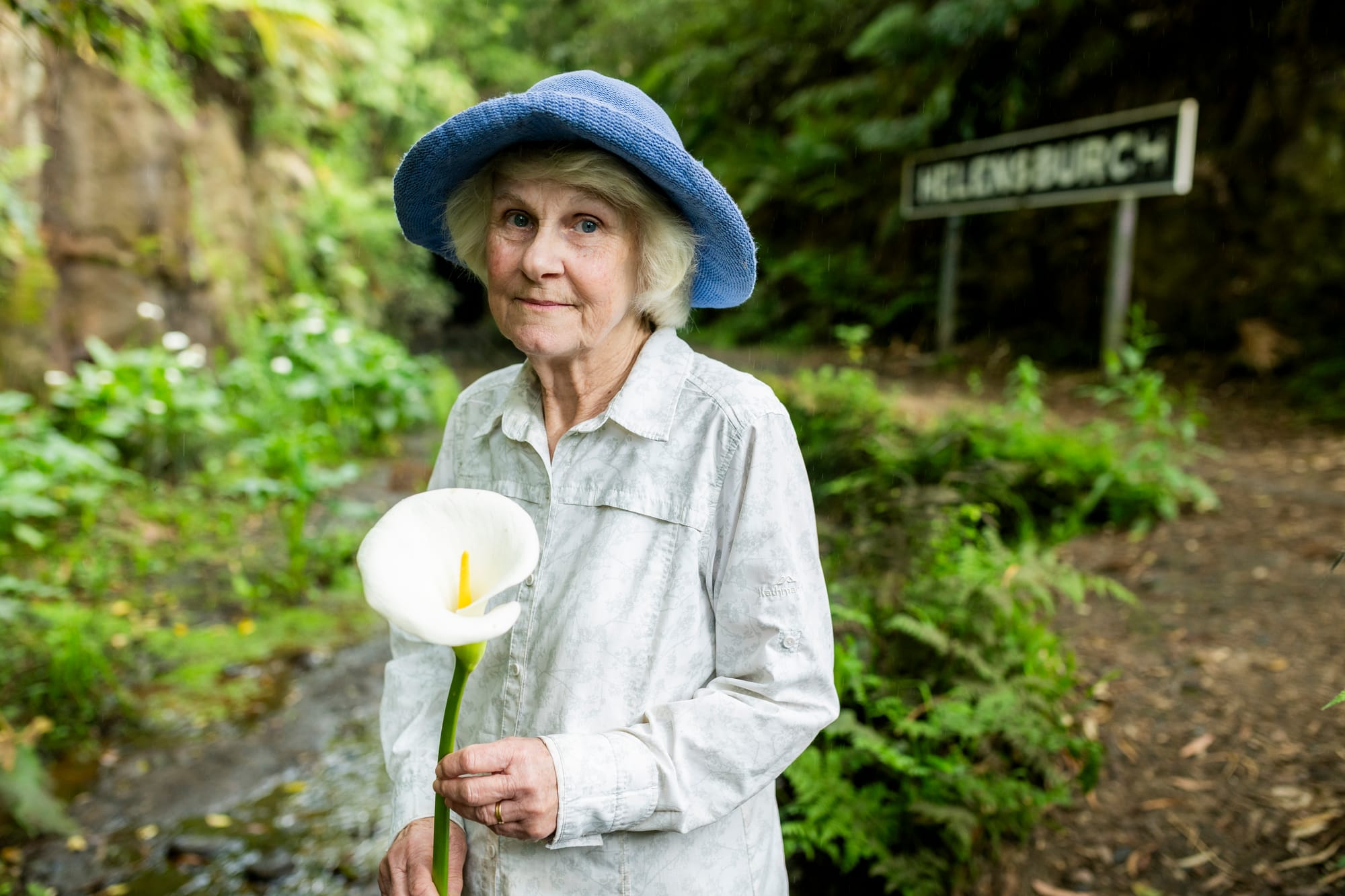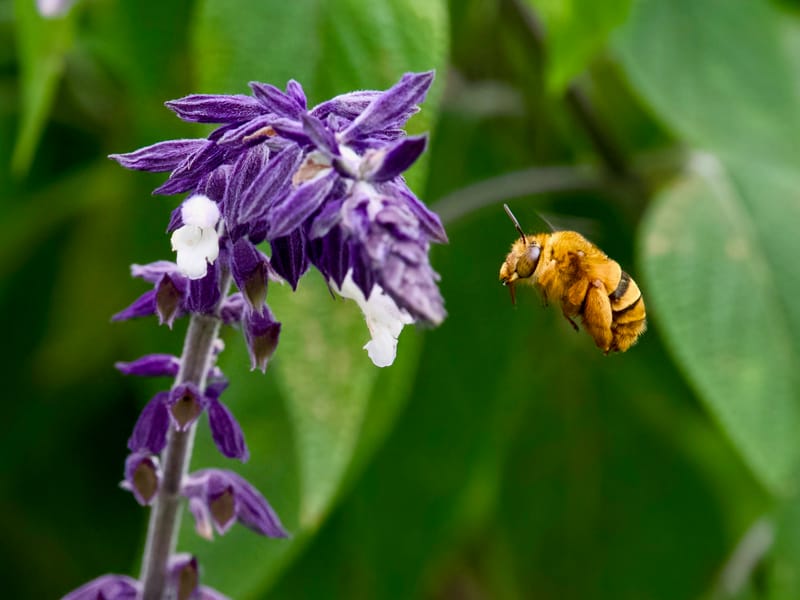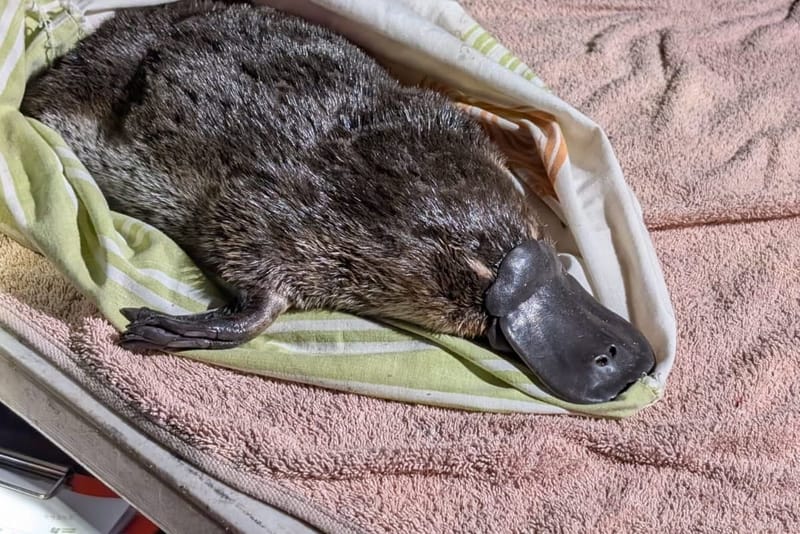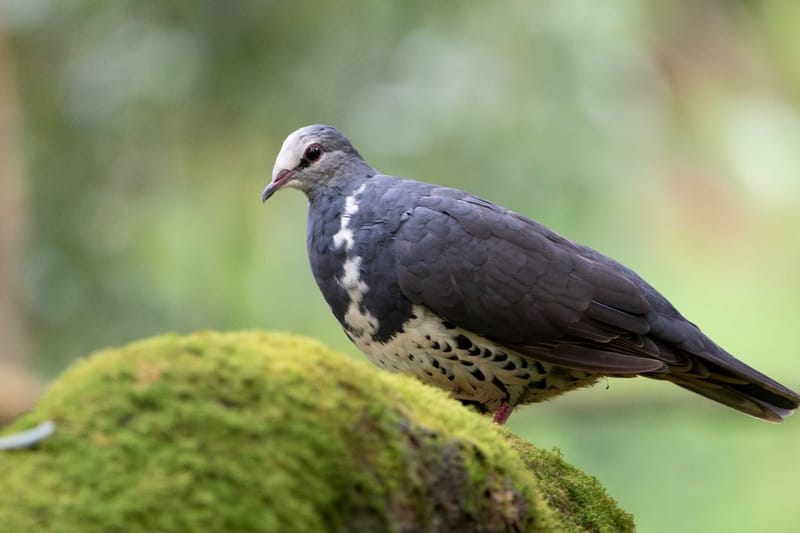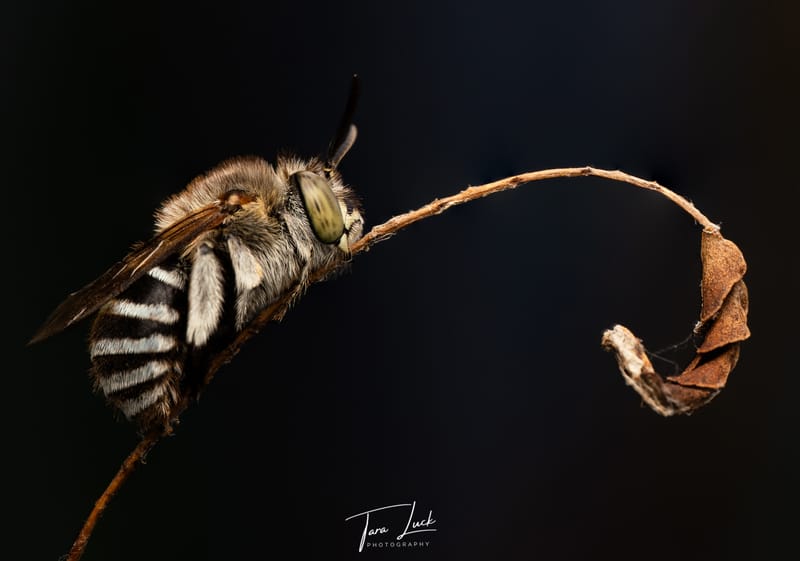This Halloween, pick a death lily
Planning your outfit for Halloween? This funeral flower will make a great bouquet and you'll be doing Landcare a favour
Zombies, witches and vampire brides on the hunt for a Halloween bouquet are invited to consider the death lily. It’s an environmental weed, spookily long lived and spreading in the wild – free for the plucking in a swamp near you.
“I’d love them to come and pick some,” says Merilyn House of Helensburgh Landcare.
“They have been flourishing, because we had quite a bit of rain in early spring and winter.”
Arum aka death lilies are easy to find – they love swampy areas and thrive along drainage lines and creeks. In Helensburgh, they're a particular plague upon the bushland behind Holy Cross Primary School and in the historic Glowworm Tunnel area, where Merilyn’s team of volunteers has worked since 1998.
“When I look back in photos, we've had our arum lilies here for maybe 20 years,” she says. “It just accumulates.”
Arum lily (Zantedeschia aethiopica) came to Australia from South Africa, brought over as an ornamental garden plant. Its uncannily smooth, funnel-shaped white flowers are popular at funerals but the nickname ‘death lily’ could also come from its character: it is toxic to people, livestock, pets and native animals.
The lily contains a mineral called calcium oxalate and NSW WeedWise warns that consuming it can be fatal, with reactions ranging from a rash and diarrhoea to breathing difficulties and death. All parts of the plant, but especially the flower, are poisonous.
The horror doesn’t end there.
The arum lily has thrown off the shackles of suburban gardens and escaped to become a super spreader in our wetlands and bushland, where it is now choking waterways and outcompeting native plants.
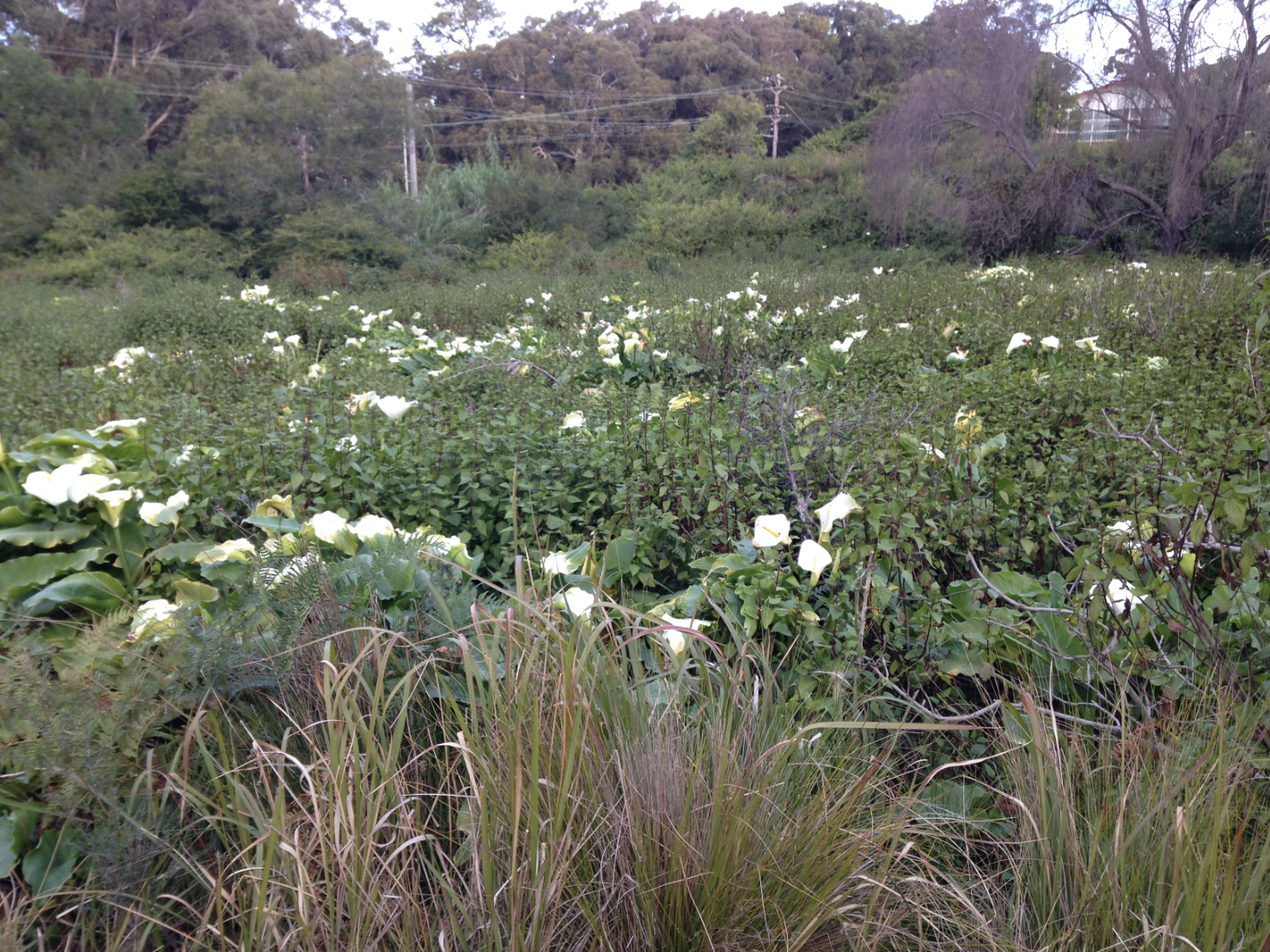
Rising from the dead
The alien invader is hard to kill. You can chop off its (flower) head, but the plant has a large, hardy root system that will come back to haunt you.
“It's so muddy here and very difficult to dig them out,” Merilyn says, pointing to a patch of white blooms outside the Glowworm Tunnel, where eradicating the lilies has proved a tough task for the small and ageing team of volunteers.
“We got contractors in to come and remove a whole pile, but because we haven't got enough people, the lilies just keep multiplying,” Merilyn says.
Celebrated for her service to the community at Wollongong City Council’s 2023 Environment Volunteer Awards, Merilyn is 77; one of her regular helpers, Sally Richards, is 81. They’re part of a dedicated group doing Landcare work on two Sunday afternoons a month at the Glowworm Tunnel and Wilsons Creek.
About six years ago, Merilyn tried drowning the rogue arums, with the help of the Metropolitan Mine, which manages a valve at the sealed-off eastern end of the Glowworm Tunnel.
“One year when it all flooded here, we asked the mine to close off the valve at the other end, and kept it flooded here for … it must have been about two months,” Merilyn says. “We thought that might have helped, maybe they don't grow underwater. But it didn’t.”
Instead, “Lots of people came down with their canoes and their kayaks.”
And the arum lilies survived.
Ingenious killer solution
Pulling them out is hard work.
“I have tried it with some of the big ones here a couple of years ago,” Merilyn says. “But because I'm getting old, I can't do a lot, because my back starts hurting too much, and so, they come back.”
Recently, she resorted to experimenting with special needles to administer precision poison, with some success.
“Someone who volunteers in the National Park has developed this method of actually injecting herbicide into each of the stems and he gave me a kit,” Merilyn says.
Killing one death lily at a time is, however, slow going, and there’s always more weeding to be done.
To help Helensburgh Landcare look after local bushland, visit the group’s Facebook page or email merilyn@helensburghlandcare.org.au

